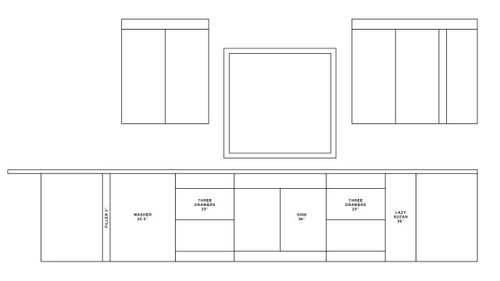
Whatever size fixture you choose, I would say keep all 10 the same. Keep the spacing the same (4ft on center) all the way down the length of the room and then I think your layout will work just fine. and so that the layout doesn't look haphazard, and most of all, so that you don't need to structurally alter the joists.ĭon't fret over the corner of the room and how it affects the symmetry of the lighting. This keeps all the lights evenly spaced all the way down the room so that the cone of light is evenly distributed. They are installed in such a way that all the brightness is directed in the. LED downlights or recessed lighting are the LED lights installed/embedded into the ceilings. Installing recessed lighting has many advantages, as there provide more flexibility compared to panel lighting. That would mean you would have a light between: This is where recessed lighting or LED downlights kick in. Place an X where each can light would be if they were on 4 ft centers. If we assume your joists are 16" on center all the way across the room, take a piece of graph paper and mark each line with a measurement, in inches, to represent your joist layout.Ġ, 16, 32, 48, 64, 80, 96, 112, 128, 144, 160, 176, 192, 208, 224, 240, 256, 272. the lights do not need to be symmetrical as if each room was its own rectangle. LOLįorget about the shape of your room for a minute. Unless you like the feeling of being under a heat lamp. More lights, while using a smaller wattage bulb usually results in a more natural, even dispersion of light than having less lights and more wattage. since the ceilings are 8ft, I might suggest 5". You can plan it however you like on paper, but when you open up the ceiling and find that a joist is in your way, you are going to have to change something.Īside from the large space between the 6 lights and the 4 lights, your layout might be fine on paper, but probably will not work in the real world. your layout is going to have to miss the joists. Your lighting layout can be further refined by selecting the correct beam angle from each fixture, using narrow beams for highlighting an object or a specific area, while medium to wide beams are great for general lighting.įor more placement tips check out our downlight spacing calculator.Well, like I said. Summaryįunctional rooms like bathrooms and utility areas need even general illumination so grid layouts work, while living rooms, dining rooms and bedrooms benefit from layering accent, task and ambient lighting, resulting in grouping of recessed lights to create more organic layout plans. Position recessed lights at least 18 inches away from the fan and try adjusting their placement until the strobe effect disappears.

Good practice is to avoid installing recessed lighting too close to a ceiling fan as the moving fan blades will create a strobe effect. Make adjustments to spacings to avoid locations where recessing a light is impossible. In my experience this calculation is the best place to start but the reality is determined by where ceiling joists, hidden pipework and other mechanical and electrical equipment is located within the ceiling. We start with 1 light and then add 6 more, resulting as 7 in total with a 44″ gap. In our example, round up 5.7 to 6 lights and repeat the process.Ģ64″/6 lights = a spacing of 44″ between the centre line of each of the 7 recessed lights Now that you know the number of lights required, calculate the distance between each one by dividing the length of row of lights in inches by the nearest whole number of lights.
#6 RECESSED LIGHTING LAYOUT HOW TO#

This is calculated by the amount of light being created measured by the lumen output, and how close each fixture is to be installed to each other. The distance between recessed light fixtures is first determined by the level of intensity of light required, which in lighting terms is the recommended lux level on the surfaces being lit.


 0 kommentar(er)
0 kommentar(er)
